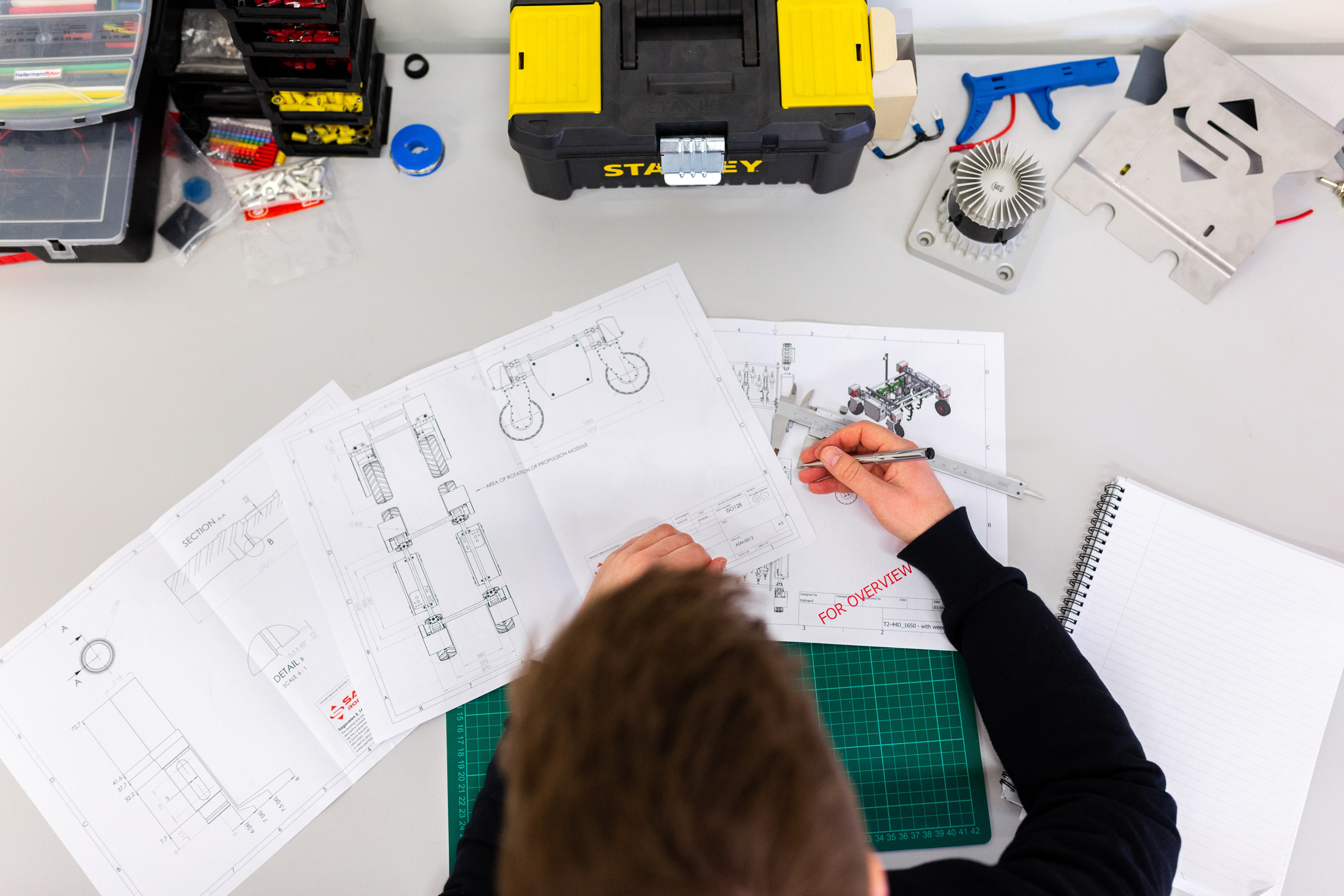With all of the advances in technology in the last few years, it’s no wonder technology in the healthcare industry is taking strides of it’s own. Now, patients are asking for more than appointment setting. 1to1Media recently posted an article discussing technology’s transformational impact on the healthcare experience. A summary of that article is below:
Telemedicine Improving Patients’ Lives
Regulations are a necessity in healthcare and a reality that several organizations have learned to adapt to and work within the constraints to bring drastic improvement to the healthcare industry. While the most talked-about advances tend to relate to medical interventions, technology is also working hard behind the scenes to improve patients’ lives. Dawn Aston, TeleTech’s vice president of sales, healthcare services, notes that healthcare is being transformed through tools and technologies that allow for the ability to seamlessly leverage data, personalize member outreach and engagement, and improve provider collaboration for better outcomes.
Telemedicine Brings Patients and Doctors Together
According to the American Telemedicine Association, more than half of the hospitals in the United States use some form of telemedicine, which the ATA describes as “the remote delivery of healthcare services and clinical information using telecommunications technology.” Close to 1 million Americans are using remote cardiac monitors and the ATA notes that millions of patients around the globe use telemedicine to monitor their vital signs and reduce the need for hospital visits.
Further, mobile technology is now making it possible to have virtual access to a doctor anytime and anywhere. One example is Doctor on Demand, an iOS and Android app that allows patients to video chat with a board-certified doctor who can offer a diagnosis and even prescribe medicine for a $40 fee.
Using telemedicine to connect with a patient’s own doctor could resolve a number of problems, including saving sick people the ordeal of having to travel to a clinic. Not only would this help reduce the costs of commuting, but also decrease the risk of sick patients spreading contagious diseases while waiting to see their doctor. Today, mobile technology is allowing patients to share very clear images of problems they might be having with their physicians. Additionally, telemedicine could be potentially life-saving, not to mention extremely convenient, for patients who live hours away from the nearest hospital and require immediate help.
Virtual Queues Reduce Wait Times
There is little doubt that waiting to be seen by a doctor is one of the most frustrating parts of accessing healthcare. This frustration is even more proclaimed when an individual is feeling unwell and just wants to go home and crawl into bed, which is one reason why virtual consultations have their attraction. “Patients don’t want to spend a long time in a waiting room and would rather wait at home,” notes Alex Bäcker, founder and CEO of QLess.
Apart from reducing the frustration associated with the wait, the system is also helping to avoid overcrowding from waiting rooms and even reduce the risk of spreading germs while waiting. Ratner notes that even during the peak months, patients only have to wait for a few minutes before they are seen by a doctor. This has translated into a 20 percent improvement in patient satisfaction.
Outsource Consultants are call center experts with over 25 years of outsourcing industry experience that have spent thousands of hours vetting and analyzing the strengths and specializations of the industry-leading outsource call center vendors. If you’re considering call center outsourcing, simply call 888-766-4482 or request a free call center cost proposal today and we’ll help you find the solution that best fits your exact requirements.






